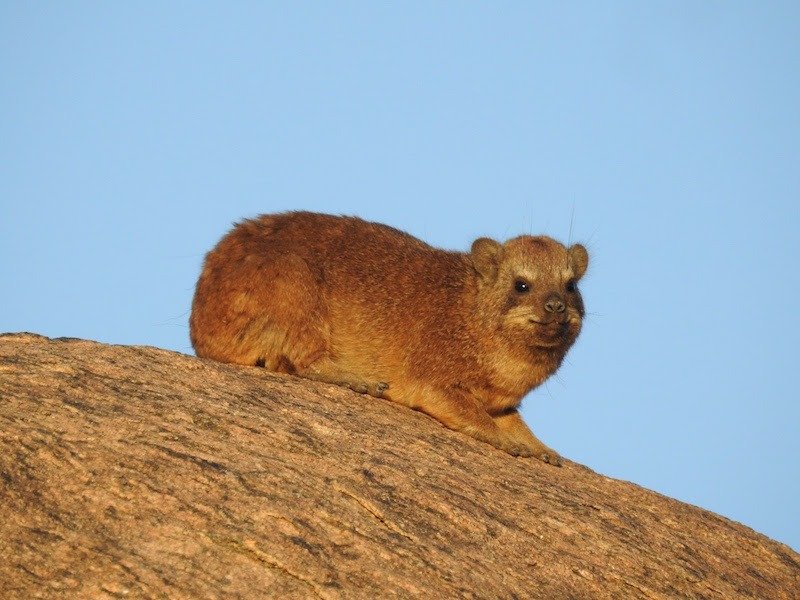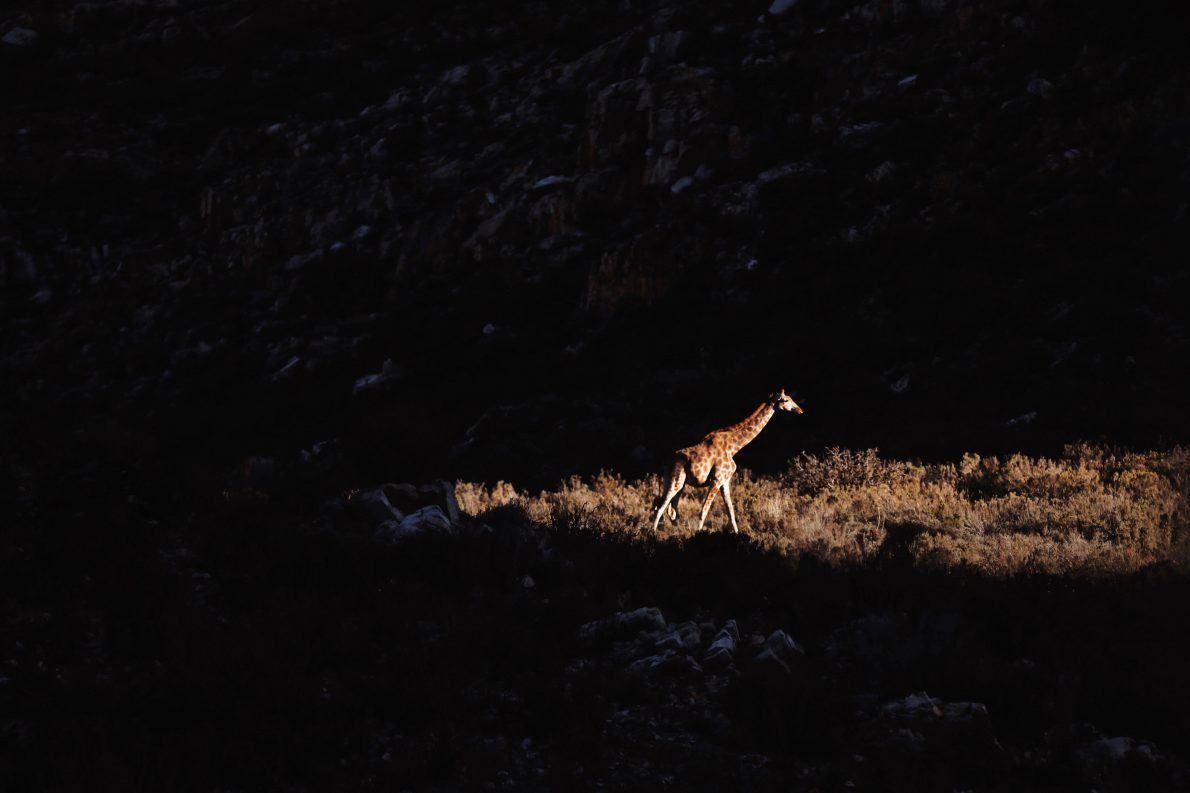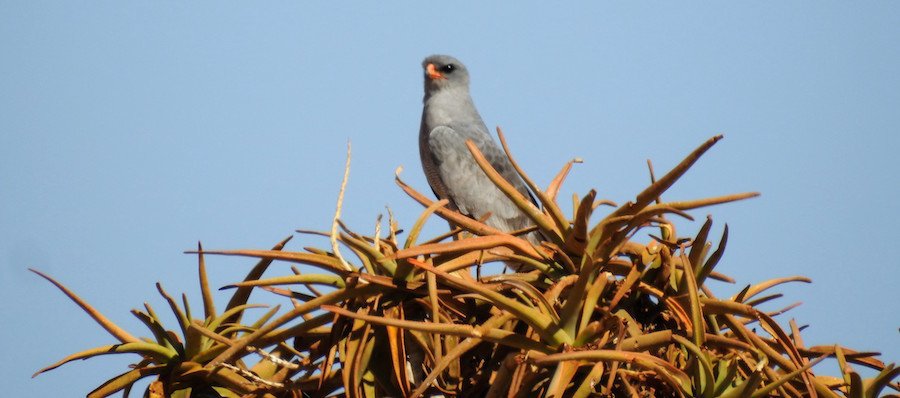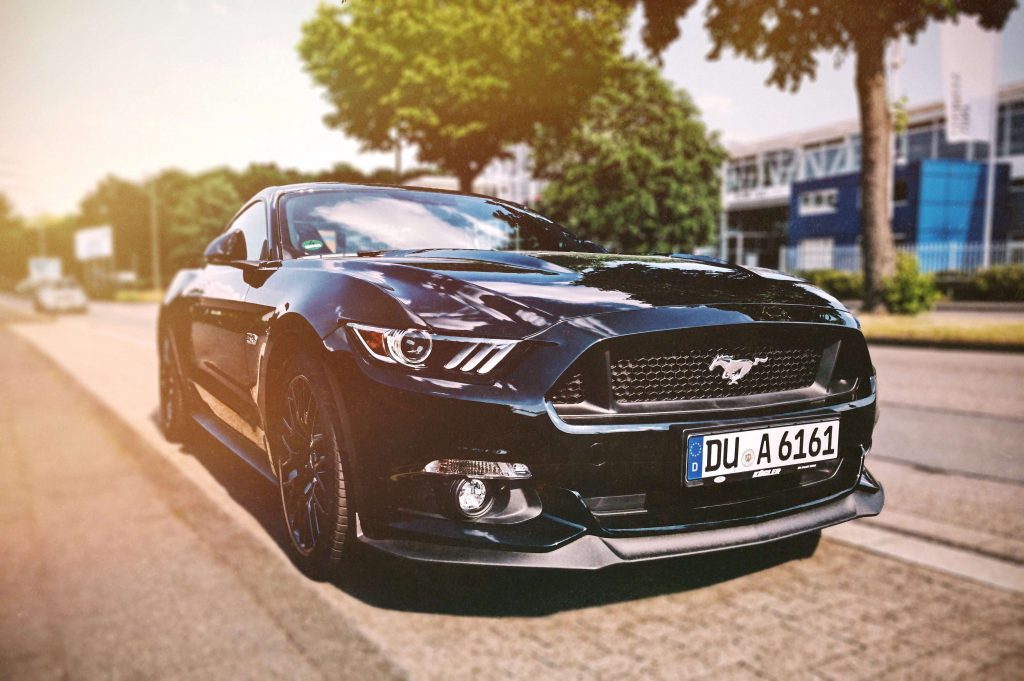Over the past few years, I spent several months in Kruger National Park, South Africa, and other national parks of Southern Africa improving my wildlife photography with different cameras. I found the best camera for safari photography for me as a non-professional photographer is a digital camera for wildlife photography and birding with a superzoom lens.
What Is The Best Camera For Safari And Wildlife Photography?
The best camera to take on safari is in the first place the one you can handle well, is easy to use and fast enough to shoot great pictures. It’s rare that you get close enough to wildlife to take decent pictures without a long lens and you don’t want to disturb the idyl either. But, it can be hugely frustrating when you finally spot a leopard but your pocket camera or cell phone only produces a tiny, undefinable spot in the picture.

What Is The Best Camera For A Beginner Planning To Go On Safari?
If you are a professional photographer, the best camera for shooting wildlife is one or several DSLR Cameras with a set of lenses in different form and sizes, depending on your budget. Even the best point and shoot camera for wildlife photography can’t beat the image quality of a DSLR camera under low light conditions. With the mirrorless cameras also the camera body isn’t too heavy anymore and the range of focal length allows amazing landscape photographs.
Check out here the best drone for travel.
As an amateur photographer, I initially flirted with the idea of investing in a professional camera and zoom lens. The best pictures on an African safari are during challenging light conditions at dawn or dusk.

What Is The Best Camera To Buy For Amateur Use?
The main advantages of point and shoot cameras for amateur photographers is to be fast enough to catch moving wildlife and birds in flight. I had to be honest with myself and admit that I wouldn’t manage to follow the animals with a professional camera and adjust lens and settings in a decent time before my target would be out of sight. Rather I’d buy the best digital camera for wildlife which would allow stunning moving pictures as an amateur photographer.
Best Camera For Birding
I always dreamed taking a picture of a kingfisher bolt down into the water to catch a fish and so, I started to read reviews of the best superzoom camera for birding and the best budget camera for wildlife photography. It didn’t take long and I stumbled over the best point and shoot camera for birding of Nikon, Canon and Sony which exactly covered my needs for an easy to use digital camera, not as limited as a pocket camera but with some of the advantages of a DSLR camera.

What Is The Best Camera For Travel?
Besides the requirements as a quality camera for wildlife photography, it should also do a really good job taking photos on my trip around the world and illustrate travel tips on my blog about early retirement and travel. The ultra zoom camera allows not only paparazzi pictures, beautiful travel photography and videos with online publication via WiFi and cellphone app.
Comparison Best Camera For African Safari
Sensor: 1-inch CMOS, 20.1MP
Lens: 24-600mm, f/2.4-4
Monitor: 3-inch tilting touchscreen, 1.23m dots
Viewfinder: EVF
Continuous shooting: 24fps
Movies: 4K
Sensor: 1/2.3-inch CMOS, 16.1MP
Lens: 21-1365mm-equivalent, f/3.4-6.5
Monitor: 3-inch articulating, 922,000 dots
Viewfinder: EVF
Maximum continuous shooting rate: 6.4fps
Movies: 1080p
Sensor: 1/2.3-inch CMOS, 18.1MP
Lens: 20-1200mm, f/2.8-5.9
Monitor: 3-inch touchscreen, 1,040,000 dots
Viewfinder: EVF
Maximum continuous shooting rate: 10fps
Movies: 4K
Sensor: 1/2.3-inch CMOS, 16MP
Lens: 24-2000mm, f/2.8-6.5
Monitor: 3-inch articulating, 921,000 dots
Viewfinder: Yes
Maximum continuous shooting rate: 7fps
Movies: 1080p
The Good And The Bad:
+ 24-600mm lens
+ Superb video quality
– Limited touchscreen control
– Pricey compared to rivals
+65x zoom range
+ Full manual control
– No eye sensor on the viewfinder
– Lacks touchscreen control
+ Easy to use
+ Effective image stabilization
– No eye sensor for EVF
– Weak high-ISO performance
+ Class-leading zoom range
+ Inbuilt Wi-Fi and NFC
– No raw shooting
– Big
Click on your favorite camera for more information:
My Choice
I’m sure I’d be satisfied with any of the cameras above. I chose the Nikon COOLPIX P900 and I’m very happy. It may be worth to check the newer version Nikon COOLPIX P1000 which is more expensive but allows RAW-photos and has a great low-light capability.





